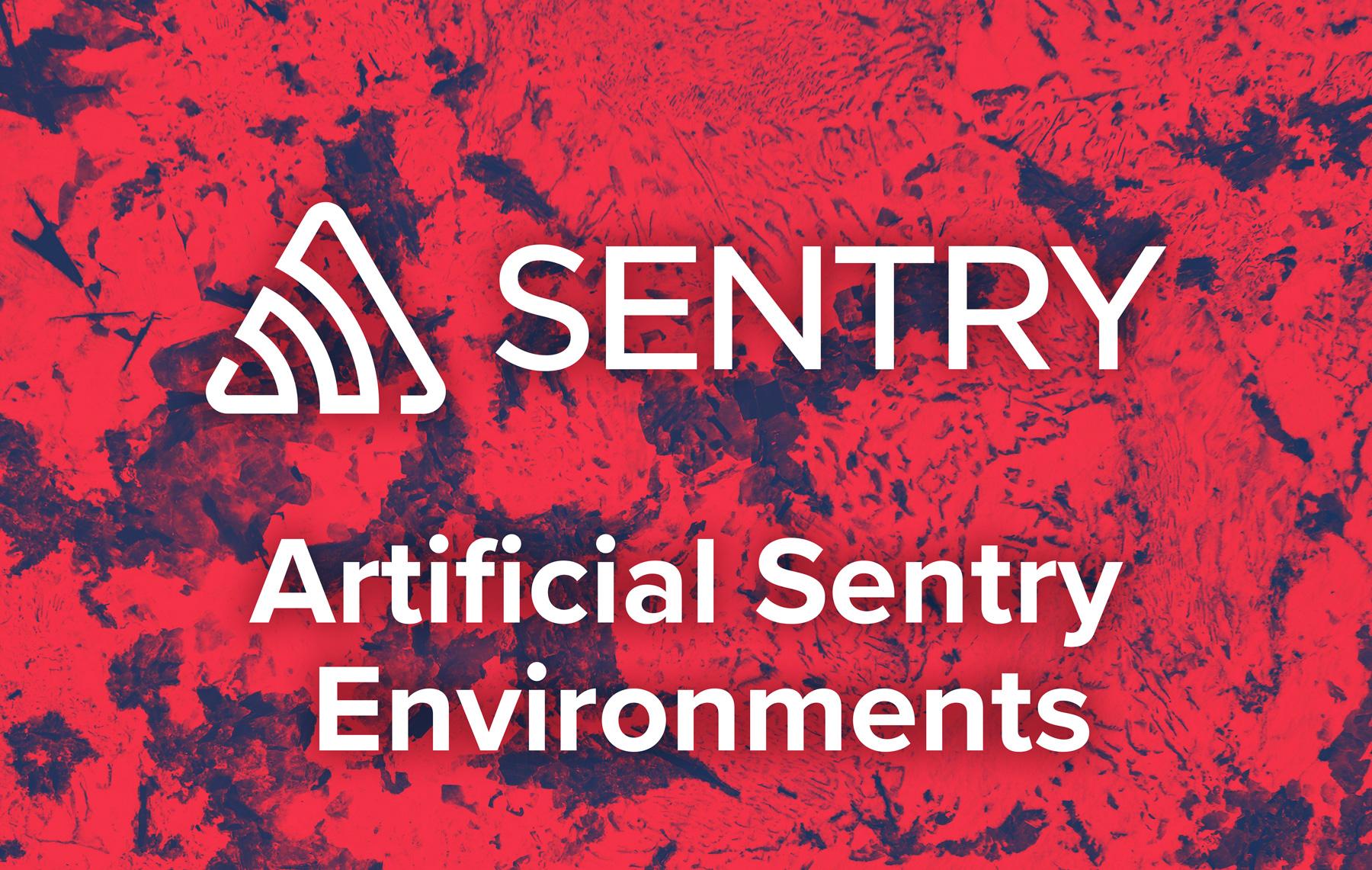We recently wanted to add uptime monitoring via Sentry for a client. However, since no tracking was active yet, we ran into a roadblock: selecting an environment was required to proceed, but no environments were available because no issues had been logged.
This created a catch-22: configuring monitoring required an environment, but environments wouldn’t exist until issues were logged. After considering various options, a straightforward and effective workaround was implemented to address the issue.
The Solution: Using a Python Script to Create an Environment
To create an environment in Sentry, a fake error can be sent manually by crafting a simple Python script to trigger an intentional error. Here’s how this can be done:
Step 1: Install the Sentry SDK
If not already installed, the Sentry SDK for Python can be added using the following command:
pip install sentry-sdkStep 2: Configure the Script
Replace https://xxx@yyy.ingest.de.sentry.io/123456789 with the Sentry project’s DSN (Data Source Name) and update environment="production" to the desired environment name in the following script:
import sentry_sdk
sentry_sdk.init(
dsn="https://xxx@yyy.ingest.de.sentry.io/123456789",
environment="production"
)
sentry_sdk.capture_message("Create new environment event")Step 3: Run the Script
Save the script with a descriptive name, such as createsentryenvironment.py, and execute it in a terminal or environment:
python create_sentry_environment.pyStep 4: Verify the Environment
Once the error is logged, check the Sentry dashboard. The environment (e.g., production) should now be created and available for selection. From there, downtime monitoring can be configured as needed.
Hiding Environments Created by Accident
If an environment is created by accident, Sentry does not currently allow environments to be deleted. However, it is possible to hide or ignore such environments to prevent clutter. Navigate to the project settings in the Sentry dashboard, access the Environments section, and use the option to archive or ignore the environment. This will ensure it no longer appears in active views or workflows, helping to maintain a cleaner dashboard.






